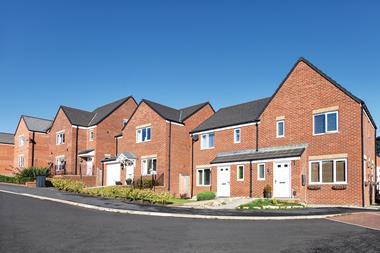The topic of designating property as assets of community value (ACVs) is a hot one at the moment.

We have seen several high-profile cases being reported in the media, including one at the end of June that saw two historic pubs in Elephant & Castle listed by the council as ACVs, meaning that plans to auction one for nearly £2m and redevelop the other into a Foxtons have been halted.
This is by no means just an issue we are seeing in the capital; the recent decision of a local authority to list all 20 pubs in Otley, West Yorkshire, demonstrates this is happening across England and therefore raises the important questions of just what the ACV process is, whether it is truly fit for purpose and what it means for the real estate industry.
The objective behind ACVs, as part of the Localism Act 2011, was to seek to address the suggestion that buildings of community value were being lost because investors were snapping them up, and community groups, who wanted to keep the property for communal use, were unable to find the time to express an interest and raise the necessary funds to purchase that asset.
ACVs allow for a protective stance - they give community groups up to six months to express an interest and pull together a bid, meaning they are given a fair opportunity to purchase the asset on the open market.
There are, however, many flaws with this system. The ACV process does not restrict, in any way, who the owner of the asset can sell the property to: community groups have the right to bid, not the right to buy. It also doesn’t set a price. It allows for commercial assets that may already be failing to be potentially run by groups without the necessary business experience, which runs counter to the regeneration and business arguments. Furthermore, and more importantly from the point of view of a planning lawyer wanting to protect the planning system, ACV designation does not place restrictions on what an owner can do with the property once it is an ACV, if it remains in their ownership.
So let’s define more practically what ACV is. It’s a process that involves paperwork, cost and delays, and it creates headlines. It also places a further block on the redevelopment of buildings that may well otherwise become redundant, or prevent a more sustainable use for them, which could create growth and stimulate wider regeneration.
Al Watson is head of planning and environment at Taylor Wessing






























No comments yet